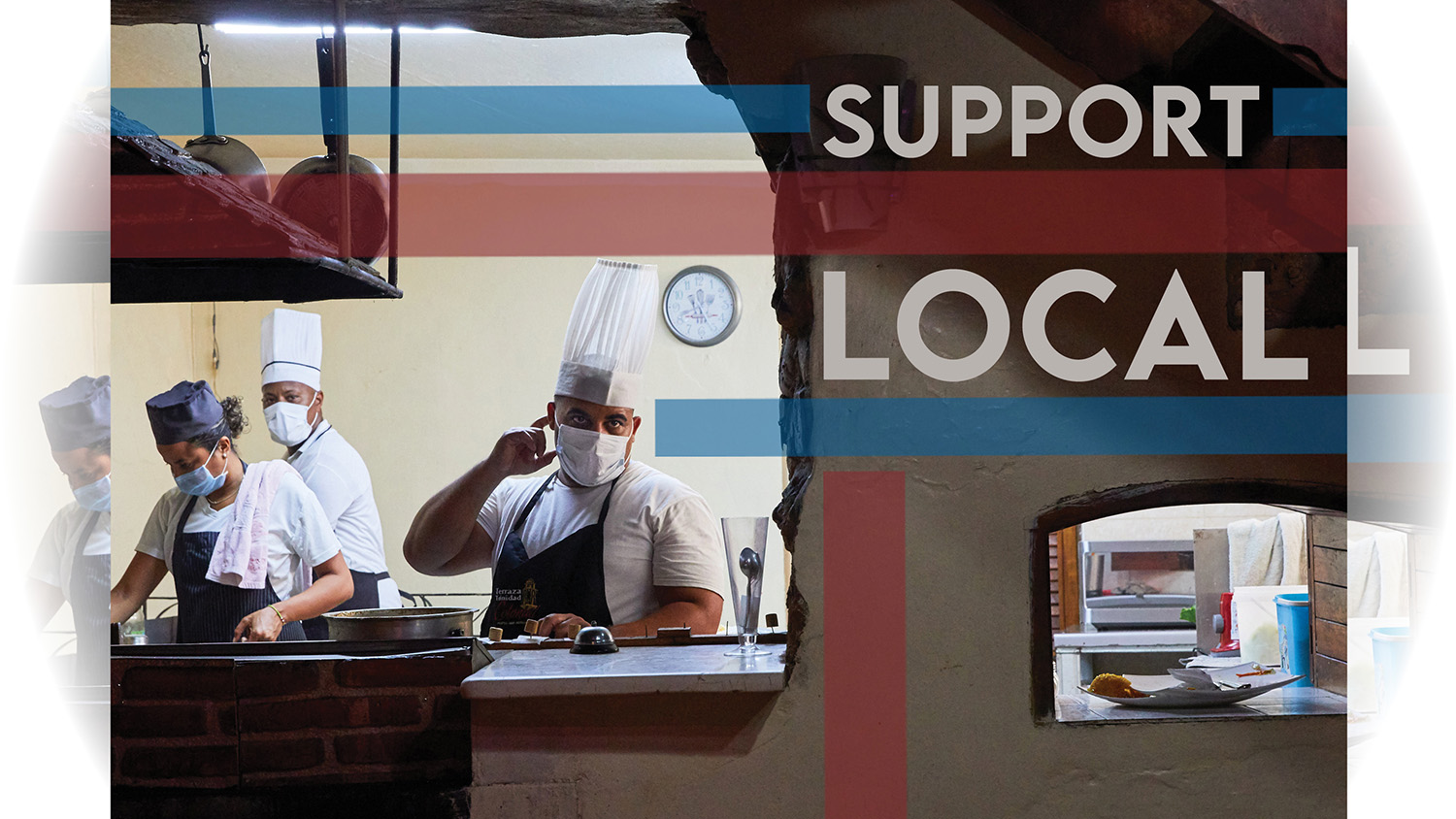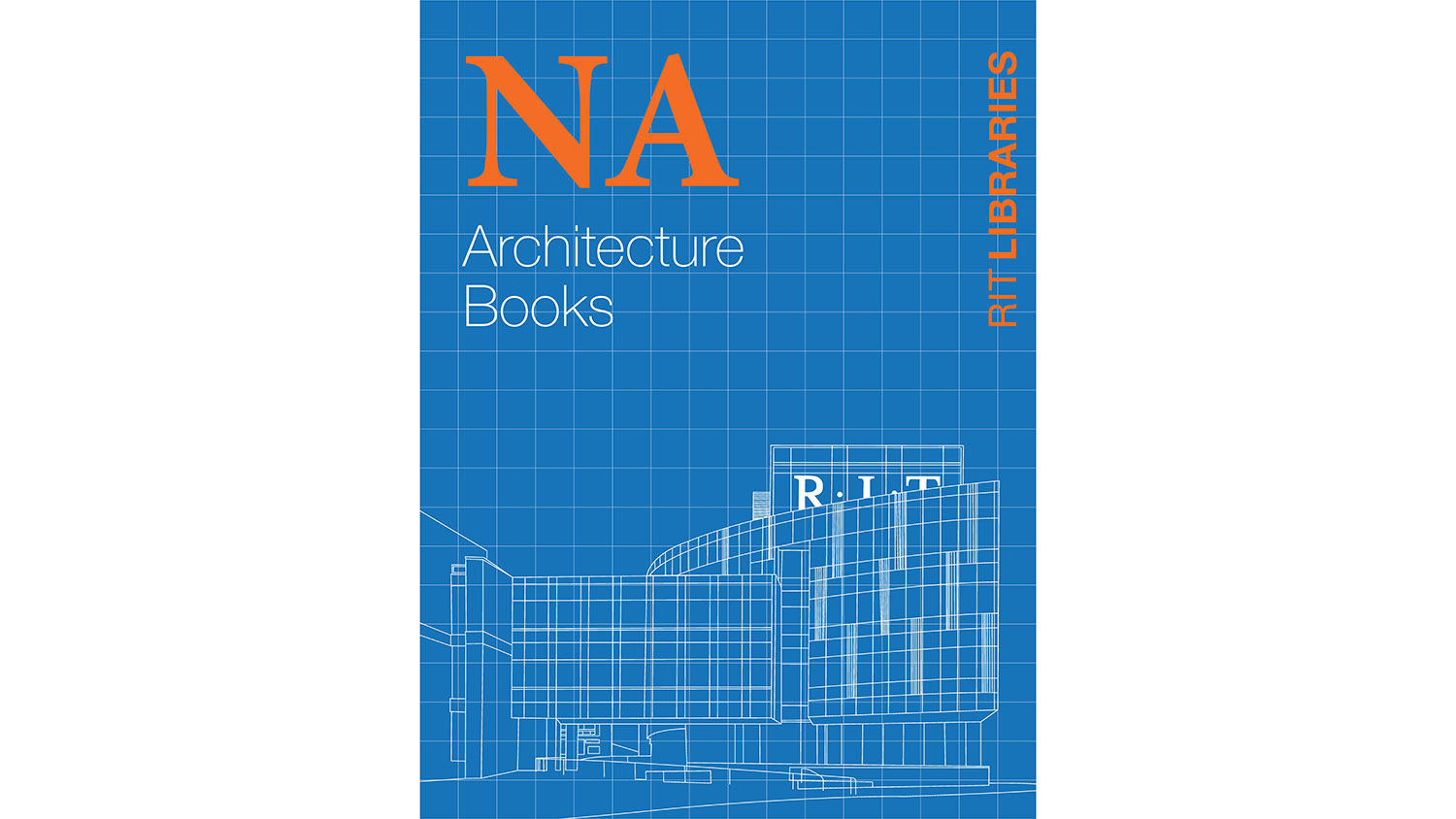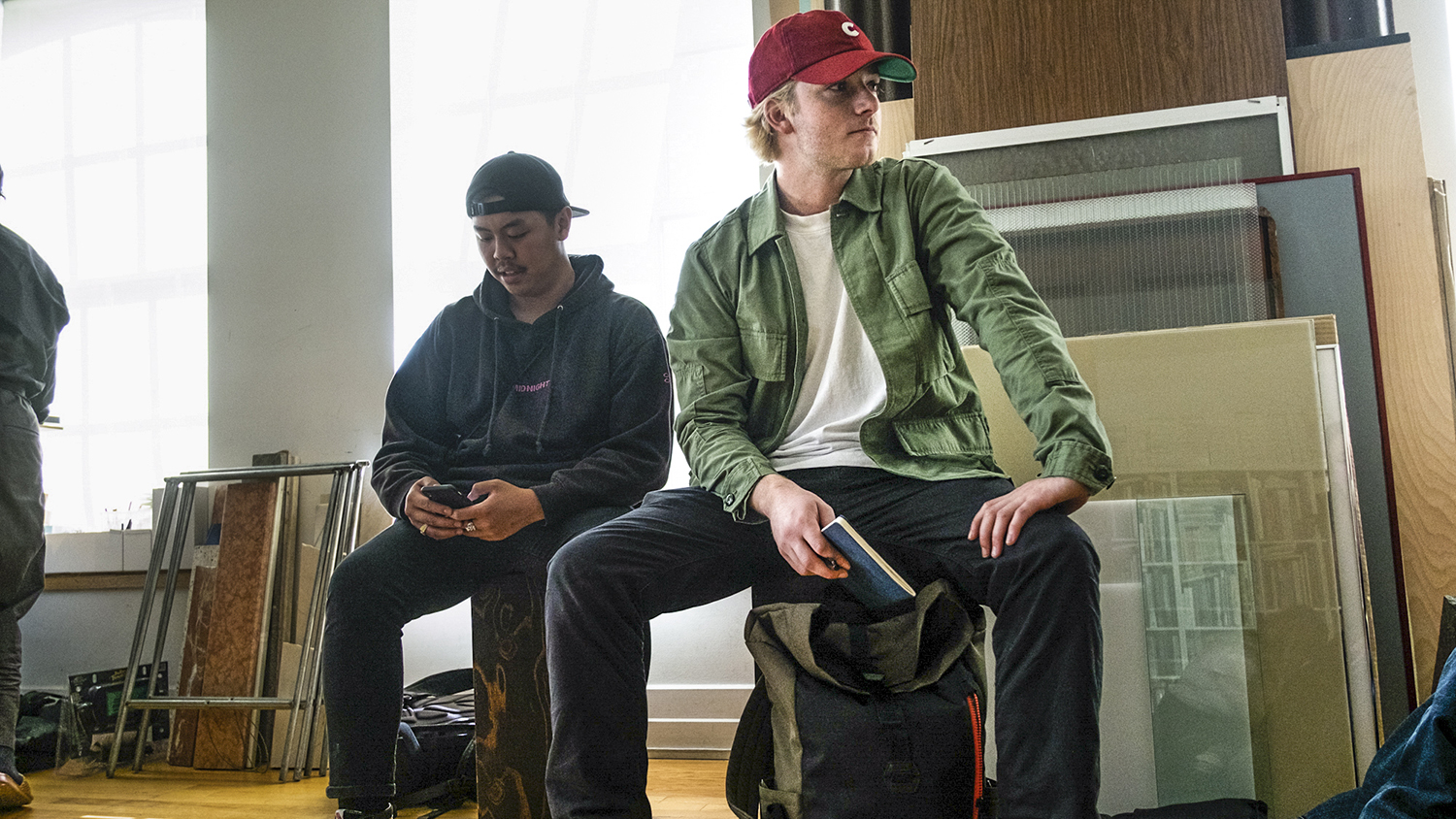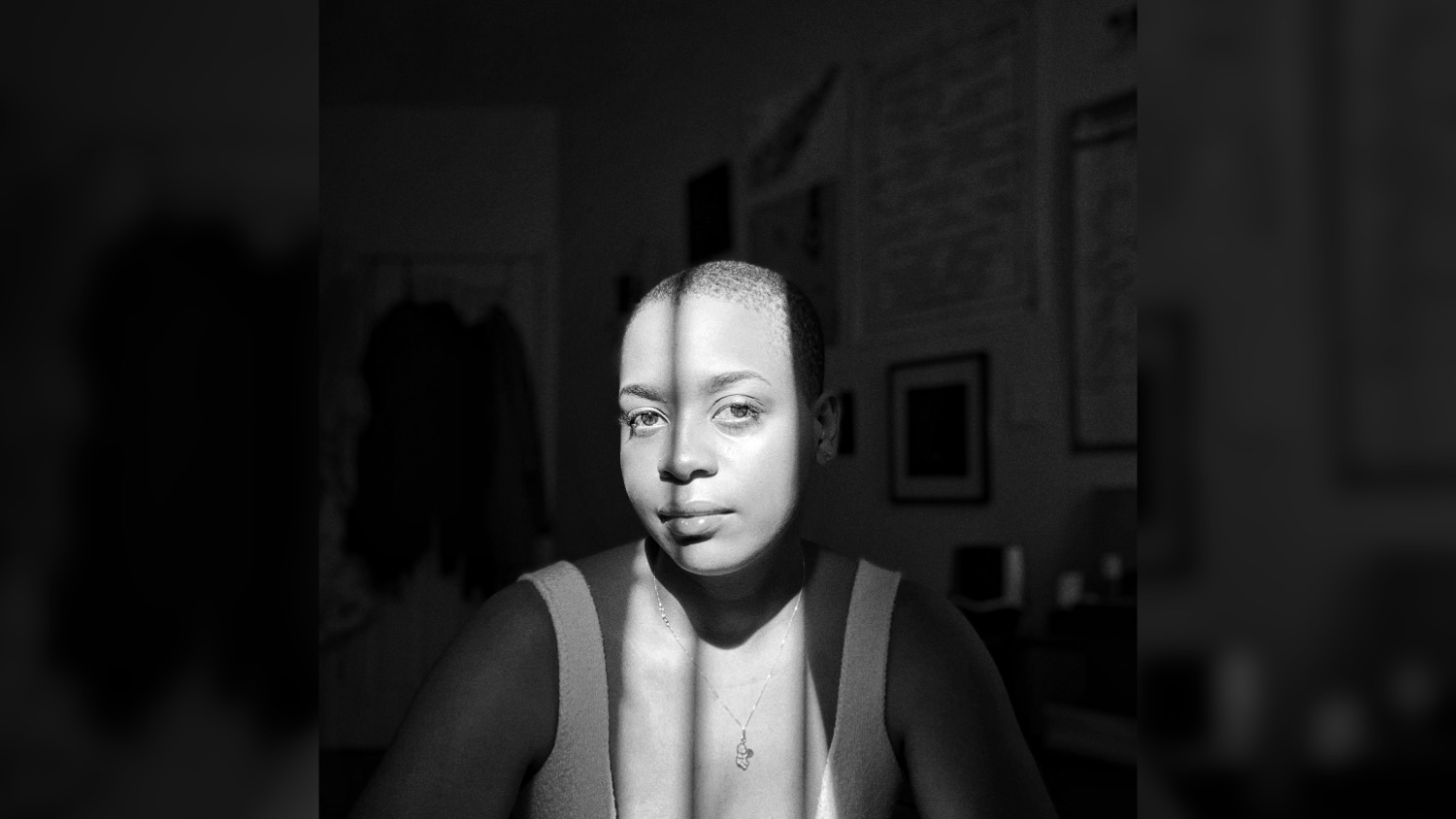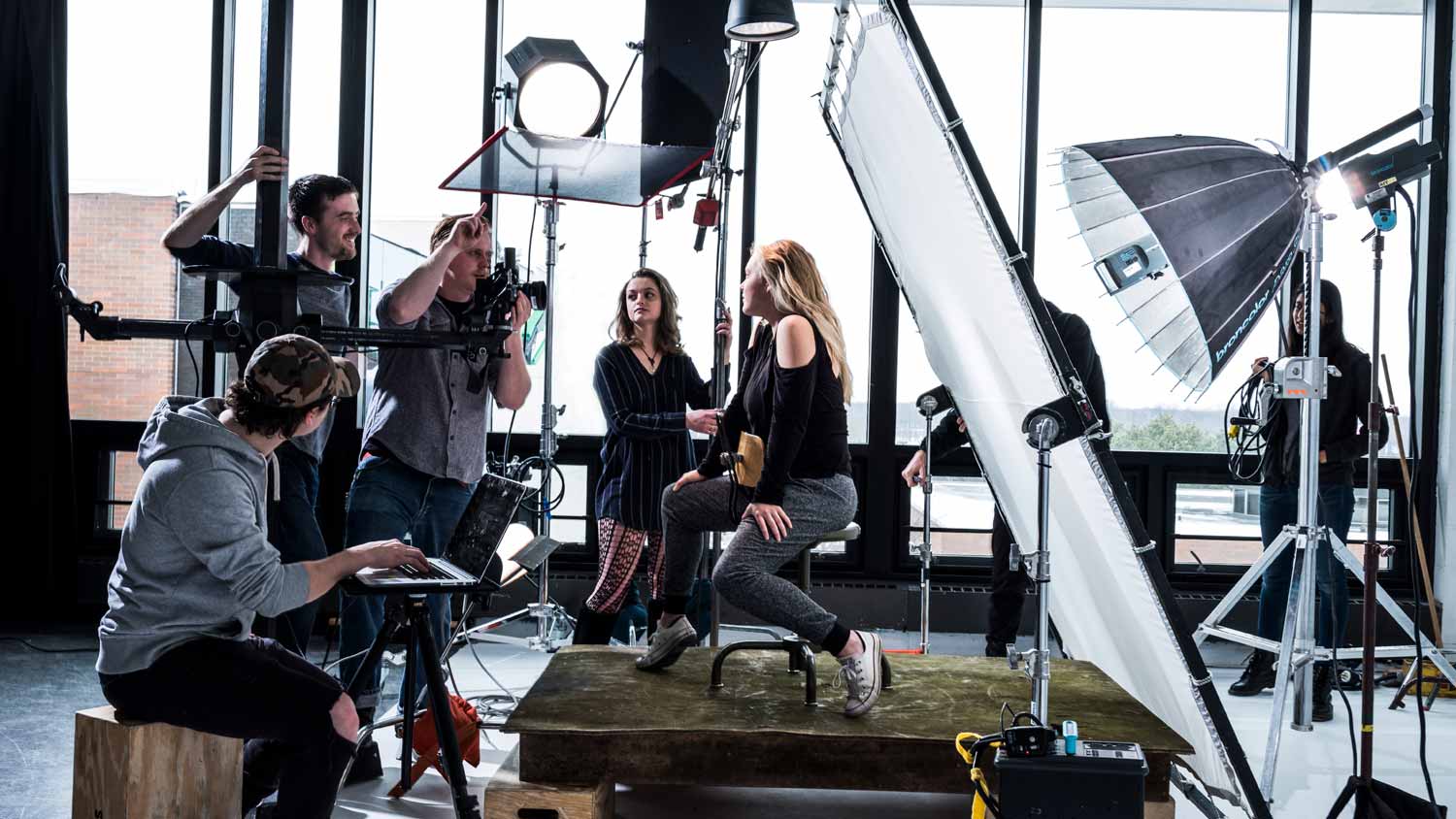Visual Media Option - Photographic and Imaging Arts BFA


Visual Media Option
Photographic and Imaging Arts BFA
- RIT /
- College of Art and Design /
- Academics /
- Visual Media Option - Photographic and Imaging Arts BFA
Request Info about undergraduate study
Visit
Apply
School of Photographic Arts and Sciences
RIT’s visual media degree allows students to integrate the graphic communications professions of photography, media design, and business.
Overview for Visual Media Option - Photographic and Imaging Arts BFA
Why Study Visual Media at RIT
- Industry Exposure: The School of Photographic Arts and Sciences brings various visiting professionals, events, and talks.
- Real-World Experience: Gain hands-on experience in the classroom and through paid work opportunities like internships and co-op.
RIT’s Visual Media Degree
RIT’s visual media degree prepares you for a career as a visual media specialist or other professional positions that have a demand for photographically skilled professionals who can work effectively with graphic designers, multimedia specialists, and social media professionals. This option is part of the photographic and imaging arts BFA program.
The visual media degree emphasizes photographic proficiency, in both photographic and digital imaging techniques, and has two specialized focuses on media design and business (management and/or marketing). You may also utilize electives to enrich your personal visual expression. Many students in this program choose to earn a minor in business.
Visual media photography is ideal for those who wish to experience various aspects of the graphics industry. Upon graduation, students with a visual media degree are diversely skilled and ready to enter an exciting career in:
- Photography
- Media design
- Social media
- Advertising
- Business management
- Marketing (including art directing and project management)
Next Steps to Enroll
From deposit to housing, view the first five steps for accepted first-year students.
Careers and Experiential Learning
Typical Job Titles
| Art Director | Branding Specialist |
| Business Owner and Entrepreneur | Business Strategist |
| Graphic Designer | Photo and Graphics Editor |
| Photographer | Project Manager |
| Social Media Strategist | Web App and Print Designer |
Industries
-
Design
-
Advertising, PR, and Marketing
Cooperative Education and Internships
What’s different about an RIT education? It’s the career experience you gain by completing cooperative education and internships with top companies in every single industry. You’ll earn more than a degree. You’ll gain real-world career experience that sets you apart.
Co-ops and internships take your knowledge and turn it into know-how. Co-op in the College of Art and Design provides hands-on experience that enables you to apply your artistic capabilities in dynamic professional settings while you make valuable connections between classwork and real-world applications.
Visual Media Internships: Students in the visual media option apply for internships with some of the nation’s most respected print and online photographic, graphic design firms, and printing/publishing venues. They work behind the camera or in creative collaboration in a variety of professional photo and multimedia environments and have the opportunity to learn firsthand from photographers, picture editors, art directors, publishers, designers, and other professionals. Students receive assistance from their professors, as well as from the Office of Career Services and Cooperative Education, in identifying and applying for internships, which provide real-world work experience and is an invaluable part of students’ educational experience.
Career Opportunities in Visual Media
Visual media graduates go to work as graphic designers, multimedia designers, picture editors, social media and app developers, web designers, and advertising project managers. Recent employers include companies such as Crate and Barrel, Zipcar, Geico, MLB.com, and organizations such as Habitat for Humanity, CURE International, and the Museum of Modern Art.
Creative Industry Days
Connect with Design Industry Leaders
RIT’s Office of Career Services and Cooperative Education hosts Creative Industry Days, which connects students majoring in art, design, film and animation, photography, and select computing majors with companies, organizations, creative agencies, design firms, and more. Creative Industry Days are a series of events that allow you to network with company representatives and interview directly for open co-op and full-time employment positions.
Featured Work
Capstone Projects
A unique capture of RIT's transforming campus, documenting the stories of women in Rochester, a rebranding and an exploration of rare type design are some of the themes in the RIT Visual Media Class...
Posters of a Pandemic
Students in the Elements of Visual Media class designed posters related to the global coronavirus pandemic. Main design by Caroline Brodt.
Featured Profiles
Connecting Creatives
Will Moran '20 created Cabin Fever, an online publication highlighting worked created by artists while in quarantine.
Why You Belong in RIT's College of Art and Design
Todd Jokl, Mari Jaye Blanchard, Melissa Dawson, Clay Patrick McBride
Get an in-depth look at RIT's College of Art and Design from our faculty and students. Let us share with you how our community of artists pushes the boundaries of creativity and innovation. And...
Mixing Design and Photography
Chaya Howell ’17 Visual Media option (Photographic and Imaging Arts BFA) is a Brooklyn-based artist working full-time as a creative while taking design jobs on the side.
Curriculum for 2023-2024 for Visual Media Option - Photographic and Imaging Arts BFA
Current Students: See Curriculum Requirements
Photographic and Imaging Arts (visual media option), BFA degree, typical course sequence
| Course | Sem. Cr. Hrs. | |
|---|---|---|
| First Year | ||
| ARTH-### | Any 100-level ARTH course (General Education-Artistic Perspective) |
3 |
| ARTH-### | Any 100-level ARTH course (General Education-Global Perspective) |
3 |
| FDTN-111 | Drawing I This course is an introduction to the visualization of form, thought, and expression through the drawing process and is the first of two sequential courses that are the foundation of the drawing curriculum in the College of Art and Design. Concepts are introduced by lectures, discussions, and demonstrations which are designed to provide a broad introductory experience. Students will experiment with a wide variety of media, tools, techniques and subjects to develop drawing and problem-solving skills related to form and composition. The focus of the course is to provide awareness of the full range of ways in which drawing is used as a tool for both self-expression and communication. **Fee: A materials fee is required for this course, and an additional course fee applied via student account** Studio 6 (Fall or Spring). |
3 |
| FDTN-121 | 2D Design I This course is an introduction to the basic elements and principles of two-dimensional design and is foundational to the College of Art and Design curriculum. The focus of this course is the development of visual and verbal vocabularies as a means of exploring and understanding two-dimensional design. Students will engage with a wide variety of media, tools, and techniques to develop skills while delving into the theoretical and experimentational processes of contemporary art and design. The exploration of historical and cultural themes and concepts intertwined with aspects of personal interpretation and experience will be included in the curriculum. **Fee: A materials fee is required for this course, and an additional course fee applied via student account** Studio 6 (Fall or Spring). |
3 |
| PHAR-101 | Photographic Arts I This course will provide an immersive introduction to the field of the photographic arts. It will emphasize both craft and visual problem solving. The course will explore: seeing and appreciating the quality of light, image capture, photographic vision, historical and contemporary genres of photography, best practices and workflow as well as an introduction to the critique forum and its practices. (Co-requisites: PHPS-106 or equivalent course.) Critique 2, Lecture 1, Lab 3 (Fall, Spring). |
4 |
| PHAR-102 | Photographic Arts II This course will reinforce and build upon the skills learned in the first semester of Photographic Arts I. It will emphasize aesthetics, craft, visual problem solving and critical thinking skills - the foundations of the Photographic Arts curriculum. In this semester, the studio will be introduced as a space that can be used to create and control light. This course's curriculum will continue to emphasize both craft and visual problem solving required in high-level photographic imaging. (Prerequisites: PHAR-101 or equivalent course.) Critique 2, Lecture 1, Lab 3 (Fall, Spring). |
4 |
| PHPS-106 | Photographic Technology I The course Photographic Science Fundamentals will introduce the application of physics, mathematics, and optical science behind the processes of photography. The course also provides the students with the opportunity to employ statistical data analysis to identify trends through laboratory exercises utilizing principles of scientific inquiry. Lab 3, Lecture 2 (Fall). |
3 |
| PHPS-107 | Photographic Technology II This is the second course in a two-semester course based in the study of the technology of photography, with emphasis on applications to real world photographic problems. Among the topics studied will include color vision, Munsell color system, CIELAB system, color theory, color management, digital color balance during post-processing, digital tone reproduction, and digital workflows. (Prerequisite: PHPS-106 or equivalent course.) Lab 2, Lecture 2 (Spring). |
3 |
| YOPS-10 | RIT 365: RIT Connections RIT 365 students participate in experiential learning opportunities designed to launch them into their career at RIT, support them in making multiple and varied connections across the university, and immerse them in processes of competency development. Students will plan for and reflect on their first-year experiences, receive feedback, and develop a personal plan for future action in order to develop foundational self-awareness and recognize broad-based professional competencies. (This class is restricted to incoming 1st year or global campus students.) Lecture 1 (Fall, Spring). |
0 |
General Education – First-Year Writing (WI) |
3 | |
| Choose one of the following: | 3 |
|
General Education – Natural Science Inquiry Perspective |
||
General Education – Scientific Principles Perspective |
||
General Education – Mathematical Perspective A or B |
||
| Second Year | ||
| FDTN-141 | 4D Design 4D Design introduces students to the basic concepts of art and design in time and space. The course explores elements of moving images such as continuity, still and moving image editing, transitions and syntax, sound and image relations, and principles of movement. Computers, video, photo, sound and lighting equipment are used to create short-form time-based work relevant to students in all majors and programs required to take this course. The course addresses the both historical conventions of time in art and recent technological advances, which are redefining the fields of Fine Art and Design. In focusing on the relations between students' spacing and timing skills, 4D Design extends and supplements the other Foundation courses, and prepares students for further work with time-based media. (Undergraduate Art and Design) Lab 5 (Fall, Spring). |
3 |
| PHAR-204 | Elements of Visual Media This course will provide an introduction to the professional opportunities where the fields of photography, graphic design and print media overlap. Students will develop an understanding of the working relationships between professionals involved in each of the three career areas. Successful visual media experts require a contemporary understanding of the business practices necessary to manage the workflow, financial operations and personnel necessary for success. Students in this class will experience the breadth of interactions between these three career paths, and appreciate the management necessary in their dynamic relationships. Students pursing the Visual Media option are required to take this course. (Prerequisites: PHPS-102 or PHAR-102 or PHAR-161 or equivalent course.) Lecture 3 (Fall, Spring, Summer). |
3 |
| PHAR-211 | Histories and Aesthetics of Photography I This course presents an overview of the multiple, intersecting histories and aesthetic practices of photography between 1800 and 1915 and its applications in fine art, snapshot, documentary, scientific, commercial, and propaganda in a global perspective. Course lectures include the medium’s pre-history and the development of photography as a modern art form. Students will learn about different photographic processes as well as the multiple interpretations of notable images from the era, and will analyze connections between science, culture, history, and photography. Lecture 3 (Fall or Spring). |
3 |
| PHAR-212 | Histories and Aesthetics of Photography II The objective of this course, the second course of a two-semester sequence, is to present an overview of the multiple, intersecting histories and aesthetic practices of photography from the development of Modernism to the present, including the medium's transformation by digital imaging in the 21st century. Photography's applications within fine art, documentary, scientific, journalistic, commercial and vernacular practices will be investigated within a global perspective, but primary emphasis is placed upon developments and movements within the United States and Europe. Lecture 3 (Spring, Summer). |
3 |
| Choose one of the following: | 3 |
|
| PHAR-201 | Elements of Fine Art Photography This course will offer students an introduction to the discipline of fine art photography. Conceptually driven projects will be investigated through a variety of photographic techniques; reading, writing and discussion about the intent and meaning of photographic imagery will be emphasized. Aspects of still photography and moving imagery as artistic choices and practices will be presented. The goal of the course is to establish theoretical, aesthetic and technical strategies for the production of photographic artwork. If you are pursing the Fine Art Photography option this course is required. (Prerequisites: PHPS-102 or PHAR-102 or PHAR-161 or equivalent course.) Lab 3, Lecture 2 (Fall, Spring, Summer). |
|
| PHAR-202 | Elements of Advertising Photography This course will provide an introduction to the field of commercial photography, as well as encourage students to develop their own artistic vision. Students will create images from assignments that relate to projects they will encounter after graduation. They will be instructed in the basic photographic skills needed in the commercial field. Practical use of exposure metering and digital workflow will be discussed. Training will be provided in the use of professional cameras and lighting equipment, as well as developing a web presence. Portraiture and still life photography will be covered both in the studio and on location. Students will learn about career choices available in the commercial photography business. (Prerequisites: PHPS-102 or PHAR-102 or PHAR-161 or equivalent course.) Lab 3, Lecture 2 (Fall, Spring, Summer). |
|
| PHAR-203 | Elements of Photojournalism This course will serve as an introduction to visual story telling as it relates to professional photojournalism. It will provide relevant practice in basic technical, compositional, and interpersonal skills necessary in all aspects of modern photography. Students will be exposed to photojournalism - documentary, editorial, narrative, and editing - as well as explorations of current career possibilities. Lectures, critiques, demonstrations, and assignments will provide participants the opportunity to explore the still, audio, and multimedia strategies used for storytelling. In this course students are expected to meet real-world project deadlines and participate in class discussions and critiques. (Prerequisites: PHAR-102 or PHAR-161 or PHPS-102 or equivalent course or students in the JOURNAL-BS program.) Lab 3, Lecture 2 (Fall, Spring). |
|
CAD Electives |
3 | |
General Education – Social Perspective |
3 | |
General Education – Ethical Perspective |
3 | |
Open Electives |
6 | |
| Third Year | ||
Any 200-level SCB Business Course |
6 | |
Sequence Core Course |
6 | |
Visual Media Professional Electives‡ |
6 | |
CAD Elective§ |
3 | |
General Education – Immersion 1 (WI-GE), 2 |
6 | |
Open Elective |
3 | |
| Fourth Year | ||
| PHVM-301 | Visual Media Career Research This course will introduce students to the practical methods for researching possible careers and opportunities after graduation. Using Internet and library research, students will identify a career field that might interest them. Further investigations will focus on the realities of working in that environment so that further decisions can be made leading to that career. This course is required for all 3rd year Visual Media majors. (Prerequisite: PHAR-204 or equivalent course.) Lecture 3 (Fall). |
3 |
| PHVM-401 | Visual Media Capstone (WI-PR) This course is the second required for all 4th year students in visual media and is the last required course in the curriculum. Students will be finalize their career preparation in anticipation of entry into the industry of choice. This course will require a major media project, allowing students to create a package/portfolio that represents their photographic, design, printing and management skills. (This course is restricted to PHIMAG-BFA, VISMED-BFA, PHVMEDIA or PHITLL-BFA students who have completed First-Year Writing.) Lecture 3 (Spring). |
3 |
Sequence Core Course |
3 | |
CAD Electives§ |
9 | |
Open Elective |
6 | |
Any 200-level SCB Business Course |
3 | |
General Education – Immersion 3 |
3 | |
| Total Semester Credit Hours | 122 |
|
Please see General Education Curriculum (GE) for more information.
(WI) Refers to a writing intensive course within the major.
Please see Wellness Education Requirement for more information. Students completing bachelor's degrees are required to complete two different Wellness courses.
† Please consult an advisor for a complete list of courses that fulfill the visual media specialization requirement.
‡ Please consult an advisor for a complete list of courses that fulfill the professional elective requirement.
§ CAD elective refers to any course in the College of Art and Design.
** Please consult an advisor for a complete list of imaging core courses.
Admissions and Financial Aid
This option is part of the Photographic and Imaging Arts BFA. Please visit the degree program page for admission requirements.
Financial Aid and Scholarships
100% of all incoming first-year and transfer students receive aid.
RIT’s personalized and comprehensive financial aid program includes scholarships, grants, loans, and campus employment programs. When all these are put to work, your actual cost may be much lower than the published estimated cost of attendance.
Learn more about financial aid and scholarships
Latest News
-
March 21, 2024
![A student binds a book in the textile makerspace in the SHED.]()
Innovation unleashed: students forge transdisciplinary projects at RIT's a2ru summit
Students leveraged the variety of makerspaces in RIT's brand-new SHED facility to create arts-integrative work responding to a theme of "Play."
-
February 12, 2024
![Chris Royster taking off from a block start in a morning training session at the Truman Bodden Sports Complex in Grand Cayman.]()
RIT visual media student Sam Su photographs Olympic athlete training camp
Sam Su, a third-year photographic and imaging arts/visual media option major from New York City, has partnered with athletic companies to photograph products and athletes. He recently went to the Cayman Islands and photographed Olympic athletes training for Protean Sports.
-
November 15, 2023
![family of five posing around a college graduate.]()
Alumnus Vincent Alban named College Photographer of the Year for second year in a row
Students and alumni from RIT’s School of Photographic Arts and Sciences received a total of seven awards in this year’s international College Photographer of the Year competition. Among the awards, Vincent Alban ’23 earned the title of College Photographer of the Year for the second year in a row.







